Edgar Degas
1834-1917 | French
Arabesque On Right Side, Right Hand Close To Earth, Left Arm Outside
Signed, Dated And Stamped With Foundry Mark “Degas / 1998 / Cire C.Valsuani Perdue”
Bronze
One Of A Series Of Sculpted Dancers Created By The Incomparable Edgar Degas, This Exceptional Bronze Exudes All Of The Expressivity One Expects From This 20Th-Century Great. Degas Captures The Essence Of His Model In The Graceful Work, As She Strikes A Particularly Difficult Pose Of The Arabesque. The Dancer’S Features Have Been Manipulated And Simplified, Executed In A Manner That Seems Almost As If One Of Degas’ Impressionist Canvases Has Come To Life.
Degas Was Obsessed With Capturing The Dancer In Motion Throughout His Career. He Rendered Their Grace And Movement In Oil, Pastel, Pencil, Chalk And Wax – In Fact, Of The Seventy-Four Wax Sculptures Created By Degas During His Lifetime, Forty Of Them Depicted Dancers. Seven Of These Belong To His Series That Capture The Various Forms Of The Arabesque, And The Present Work Is Included Among Them.
It Details One Of The Most Difficult And Animated Poses Of The Ballet. Degas’ Dancer Is Precariously Posed In A Study Of Balance And Motion, One Leg Gracefully Thrust Into The Air As She Tilts Her Body Down Towards The Earth And Extends Her Arm Forward. The Sense Of Her Movement Is Perfectly Captured In The Extraordinary Work, As Well As The Fluid Lines Of Her Body.
The Bronze Is A Sought-After Rarity In Terms Of Degas’ Sculptures. Not Only Are His Dancers The Most Desirable Of His Work, But This Bronze Is Also Distinguished By The Fact That It Is A Valsuani Bronze, Meaning It Faithfully Records Degas’ Wax Version’S Pose As It Appeared At The Time Of Its Creation. Most Degas’ Bronzes That Are Found On The Market Were Cast By Hébrard – These Serialized Bronzes Are Surmoulages, Or “Aftercasts,” That Were Cast From The Modèle Bronzes Currently In The Norton Simon Museum (Pasadena). Because These Bronzes Are Second Generation, They Are Smaller And Far Less Detailed That The Current Bronze.
This Example, However, Was Cast By Valsuani From A Plaster That Was Taken Directly From Degas’ Waxes, According To Scholarship By The Art Historian Dr. Gregory Hedberg. These Plasters Were Created By Degas’ Sculptor Friend Albert Bartholomé Shortly After Degas Completed His Wax Figurines. Thus, They Record The Earliest Versions Of Degas’ Wax Sculptures, Before They Were Damaged By Time Or Handling, And Before Degas Himself Altered The Works. The Hébrard Bronzes, On The Other Hand, Actually Represent Degas’ Reworking Of The Original Sculptures.
Because They Are Cast Directly From The Plaster, The Valsuani Bronzes Are Also Larger, Crisper, And More Highly Defined Than The Hébrard Bronzes. Since The Original Plasters Were Discovered In The 1990S, Similar Valsuani Bronzes Have Been Exhibited Around The World, Including The Hermitage (St. Petersburg) And The Minneapolis Institute Of Art.
Original Wax Model Executed Circa 1885-1890
Bronze Cast 1998
10 7/8″ High X 8 1/2″ Wide X 17 1/2″ Deep
Be the first to review “Fine Art M.S. Rau | Arabesque On Right Side By Edgar Degas” Cancel reply
Related products
Fine Art

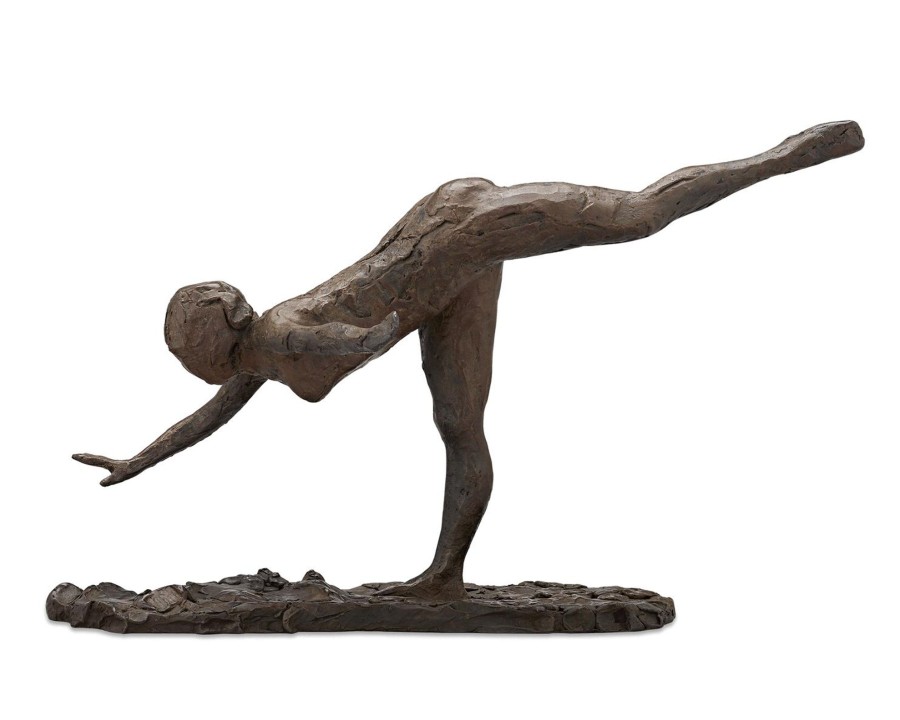


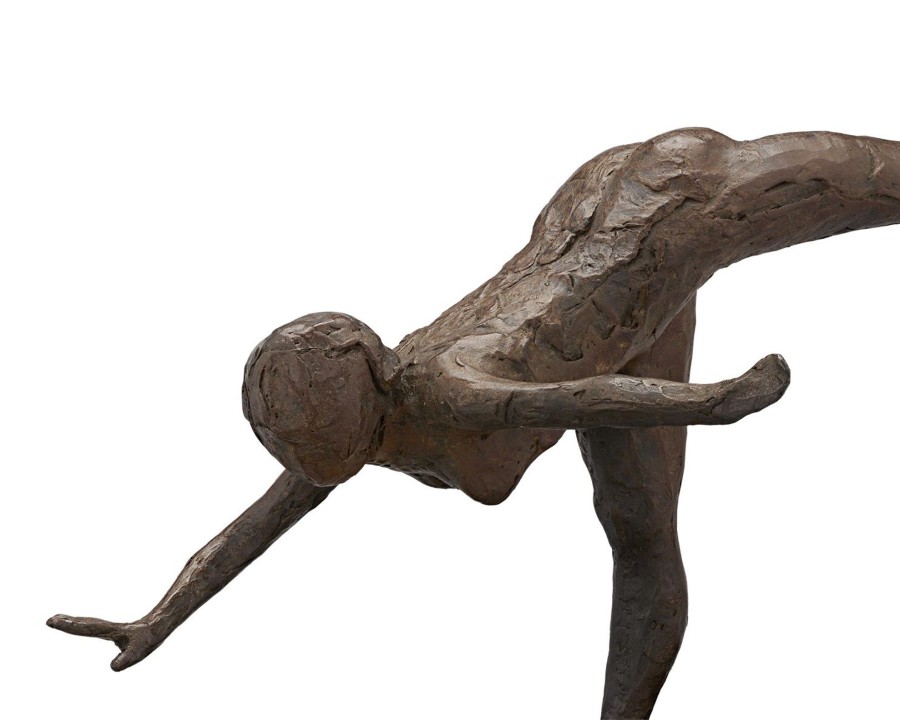
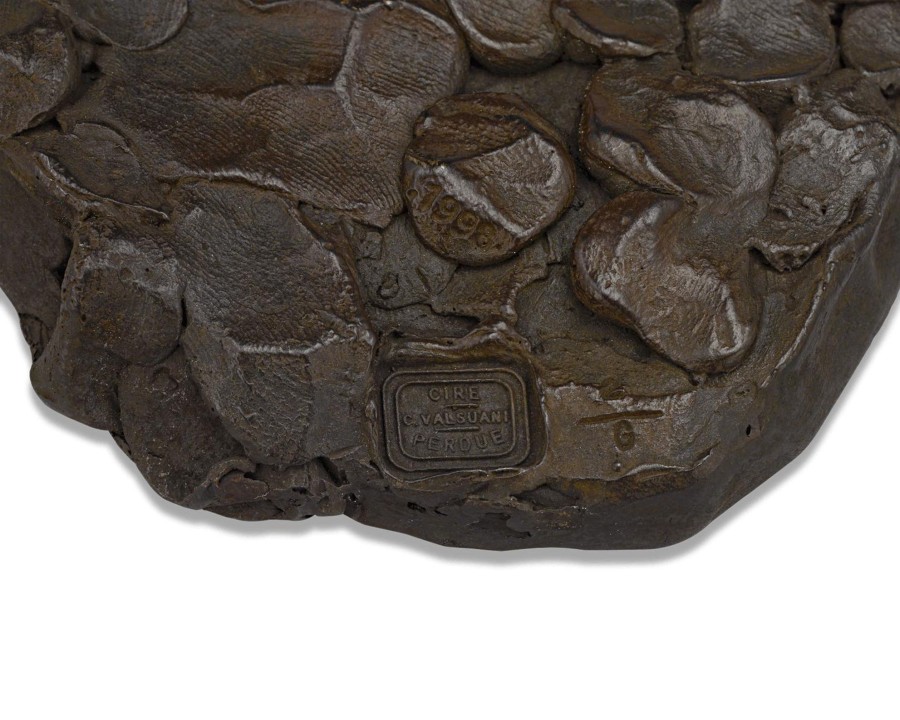
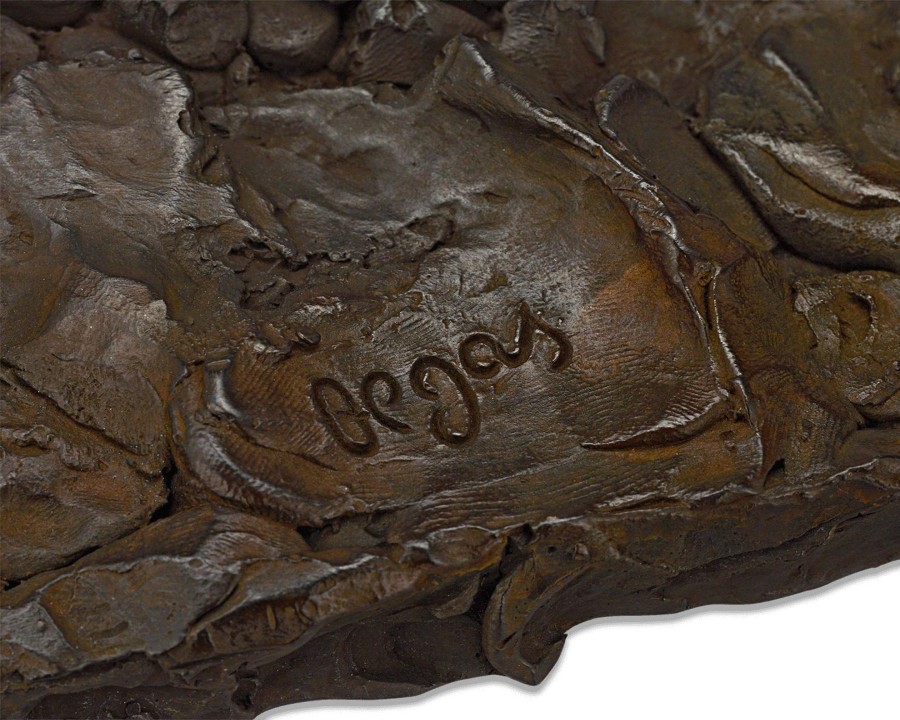

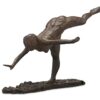
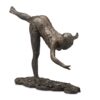
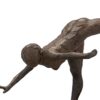
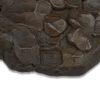
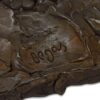
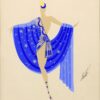
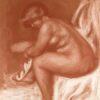


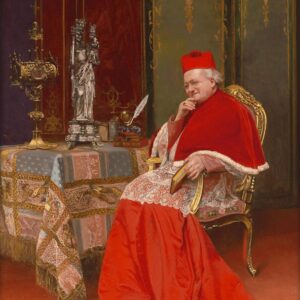
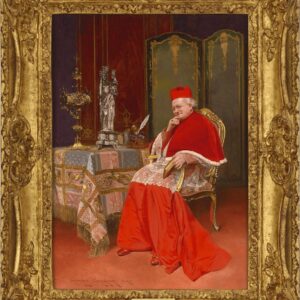


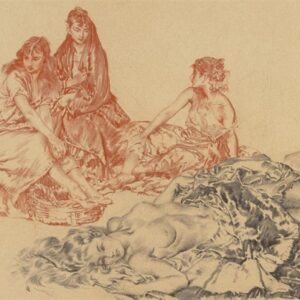
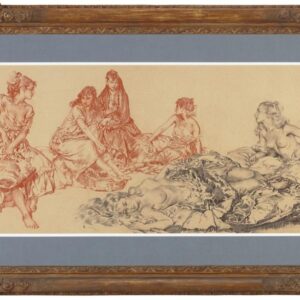


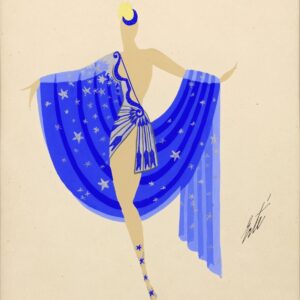
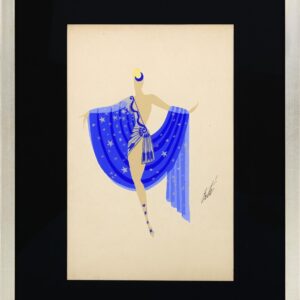
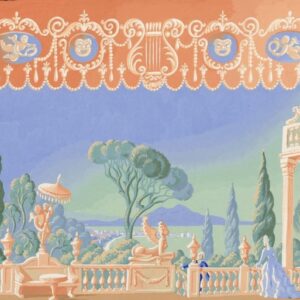
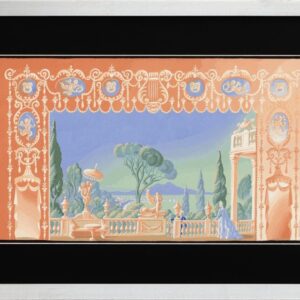
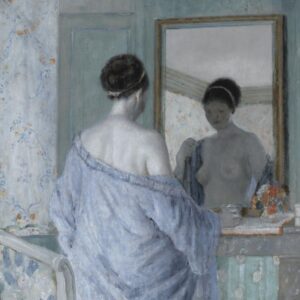
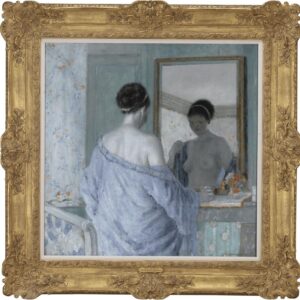
Reviews
There are no reviews yet.